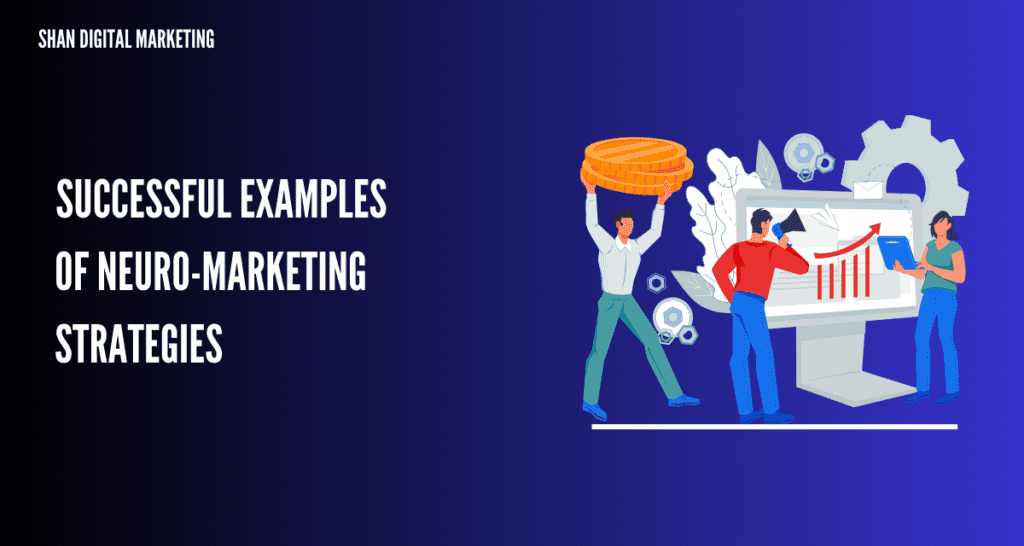Neuro-marketing has revolutionized the way brands connect with their audience. By tapping into the brain’s responses, companies can craft compelling campaigns that resonate on a deeper level. This article explores real-life successful examples of neuro-marketing strategies used by various brands. These strategies have not only increased sales but also enhanced customer loyalty. Whether you’re a beginner or a professional, this guide will provide insights and actionable tips to incorporate neuro-marketing into your strategies.
Understanding Neuro-Marketing
Understanding Neuro-Marketing and Its Benefits.
Example 1: Coca-Cola
Strategy Used: Emotional Branding
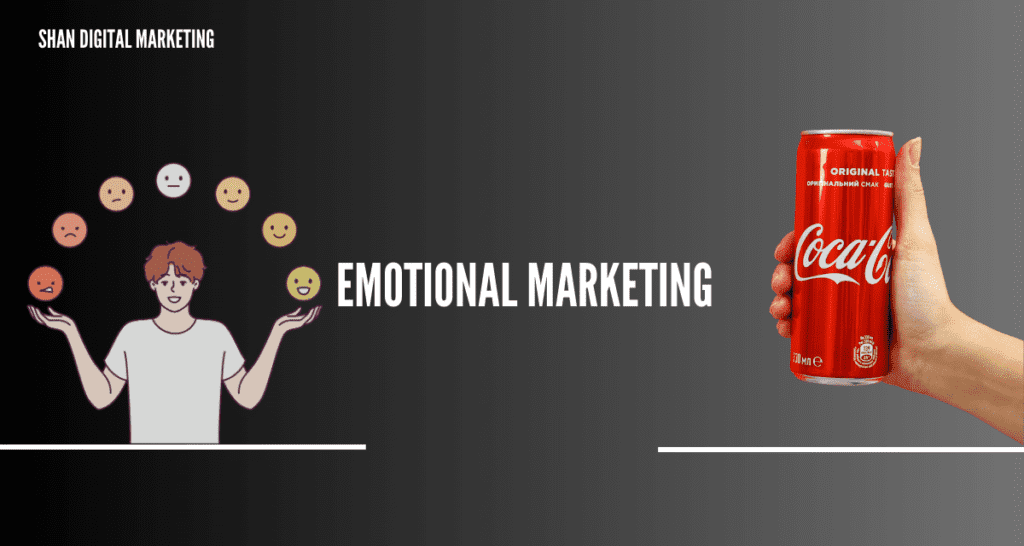
One of the most powerful neuro-marketing strategies is emotional branding. Coca-Cola has mastered this with their “Share a Coke” campaign.
Description
The campaign personalized bottles with common names, encouraging people to share a Coke with friends and loved ones. This simple yet powerful idea created strong emotional connections, making consumers feel special and valued.
Campaign Example
Coca-Cola replaced its iconic logo with popular names, which not only grabbed attention but also prompted people to look for bottles with their names or the names of friends and family. This personalization sparked conversations and sharing on social media, creating a viral effect.
How It Worked
Real Analytics: During the campaign, Coca-Cola saw a significant increase in sales, with some regions reporting a rise of over 2%.
Consumer Response: Social media was flooded with pictures of personalized bottles, generating free publicity and increasing engagement.
Results and Insights
Long-Term Impact: The campaign not only boosted sales but also reinforced brand loyalty.
Lessons Learned: Emotional branding can create a personal connection with consumers, making them more likely to choose your brand over competitors.
Example 2: Frito-Lay
Strategy Used: Packaging Design Based on Brain Response
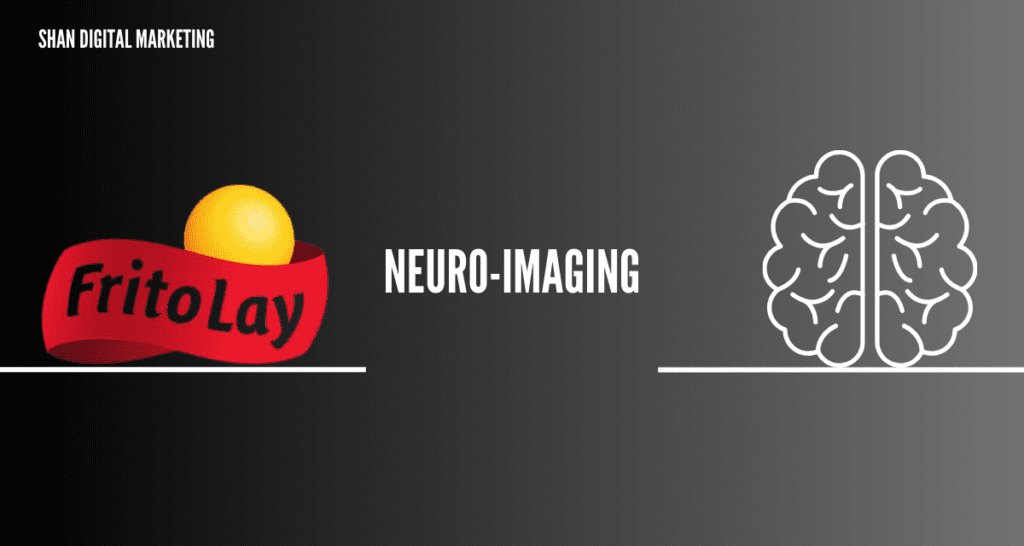
Frito-Lay used neuro-imaging to test packaging designs, ensuring they appealed to consumers on a subconscious level.
Description
By analyzing brain responses to different designs, they identified which elements were most appealing. This led to a redesign of their packaging, focusing on colors and images that elicited positive emotional responses.
Campaign Example
Frito-Lay conducted extensive testing using fMRI scans to observe brain activity in response to various packaging designs. The results showed that matte, non-reflective bags with images of fresh ingredients triggered positive emotions, while shiny bags with more abstract designs did not.
How It Worked
Real Analytics: After the redesign, sales increased by 15%, showing the effectiveness of the new packaging.
Consumer Response: Consumers reported higher purchase intent and satisfaction with the new design.
Results and Insights
The Importance of Packaging: Packaging plays a crucial role in consumer decision-making.
Application for Other Brands: Investing in packaging design based on neuro-marketing insights can significantly boost sales.
Example 3: Hyundai
Strategy Used: Eye-Tracking Technology

Hyundai used eye-tracking technology to understand how consumers interact with their advertisements and website.
Description
This technology tracks where consumers’ eyes focus, revealing which elements grab the most attention. By analyzing this data, Hyundai optimized their website design and ad placements to enhance user experience.
Campaign Example
Hyundai tested various website layouts and ad designs using eye-tracking. They discovered that consumers’ eyes were drawn to specific colors and imagery, leading them to redesign their site with these elements prominently featured.
How It Worked
Real Analytics: These optimizations led to a 20% increase in website engagement and a significant reduction in bounce rates.
Consumer Response: Improved user experience resulted in higher customer satisfaction and longer site visits.
Results and Insights
Visual Elements in Marketing: The placement and design of visual elements are crucial in capturing consumer attention.
Practical Applications: Brands can use eye-tracking to refine their digital content and improve engagement metrics.
Example 4: Google
Strategy Used: A/B Testing and Brain Scans
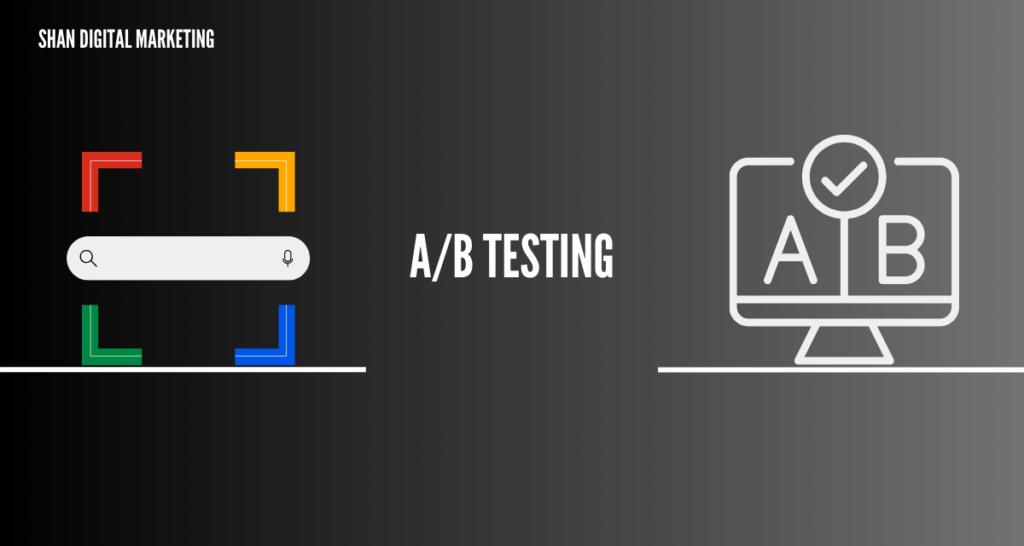
Google combined A/B testing with brain scans to optimize ad placements and formats on YouTube.
Description
This approach allowed them to see which ad formats elicited the strongest brain responses. Refining YouTube ads based on these insights led to more engaging and effective advertisements.
Campaign Example
Google’s marketing team conducted A/B testing on different ad formats while simultaneously using fMRI scans to measure viewers’ brain activity. They discovered that certain visual cues and call-to-action placements significantly increased engagement.
How It Worked
Real Analytics: Higher ad recall and increased click-through rates were observed.
Consumer Response: Users found the ads more relevant and engaging, leading to better overall performance.
Results and Insights
Combining Techniques: Integrating neuro-marketing with traditional methods like A/B testing can yield powerful results.
Improving Ad Effectiveness: This approach can help brands create ads that resonate more deeply with their audience.
Example 5: Procter & Gamble
Strategy Used: Scent Marketing
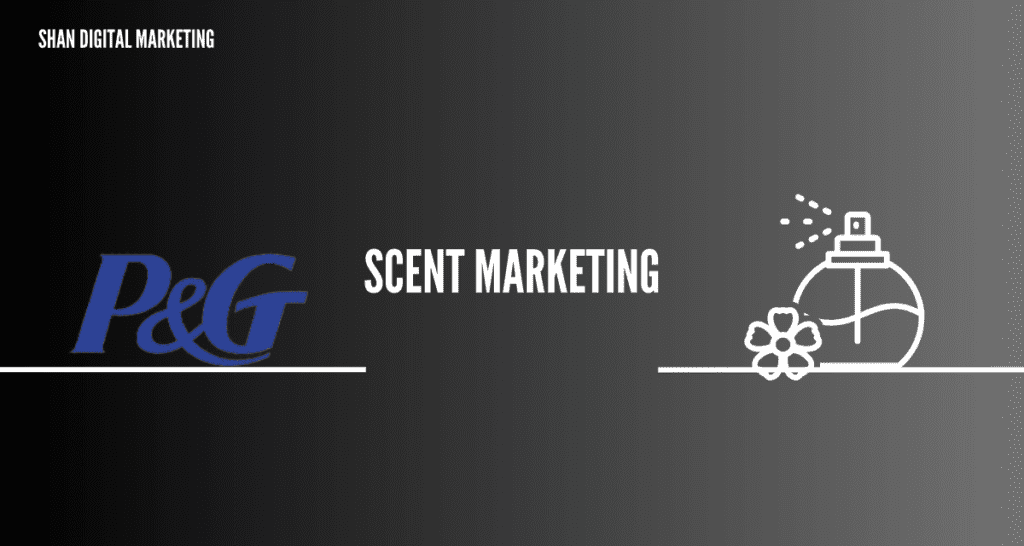
Procter & Gamble used scent marketing to evoke emotions and memories in consumers, particularly with their Febreze brand.
Description
Specific scents were strategically used in stores and advertisements to create positive associations. Febreze used scents that evoked feelings of cleanliness and freshness, enhancing the product’s appeal.
Campaign Example
Procter & Gamble introduced scent diffusers in retail environments where Febreze products were sold. They also incorporated these scents into their marketing materials, ensuring a consistent and memorable sensory experience.
How It Worked
Real Analytics: Scented areas saw a 30% increase in sales.
Consumer Response: Positive emotional responses and increased brand preference were noted.
Results and Insights
Power of Scent: Scent has a strong impact on consumer behavior, influencing emotions and purchase decisions.
Integration for Other Brands: Incorporating scent marketing can enhance the overall consumer experience and boost sales.
Key Takeaways for Marketers
Summarize Key Points
Emotional Branding: Creating personal connections can boost sales and loyalty.
Packaging Design: Packaging influenced by brain responses can increase purchase intent.
Visual Elements: Optimizing visual content based on consumer interaction can enhance engagement.
Combining Techniques: Integrating neuro-marketing with traditional methods can improve ad effectiveness.
Scent Marketing: Using scents strategically can evoke positive emotions and drive sales.
Actionable Insights
Invest in Emotional Branding: Use storytelling and personalization to connect with consumers.
Refine Packaging Design: Use neuro-imaging to test and optimize packaging.
Optimize Visual Content: Implement eye-tracking technology to enhance website and ad designs.
Combine Techniques: Use brain scans and A/B testing to create more engaging ads.
Incorporate Scent Marketing: Use scents to create positive associations and enhance the consumer experience.
Future Trends in Neuro-Marketing
Emerging Technologies: Advances in brain imaging and biometrics will continue to refine neuro-marketing strategies.
Potential Impact: These technologies will offer deeper insights into consumer behavior, leading to more effective marketing campaigns.
Conclusion
Neuro-marketing offers powerful tools for understanding and influencing consumer behavior. By incorporating the successful strategies used by brands like Coca-Cola, Frito-Lay, Hyundai, Google, and Procter & Gamble, marketers can enhance their campaigns, drive sales, and build stronger connections with their audience. Explore these techniques and consider how they can be applied to your marketing strategies for greater success.
References and Further Reading
- Neuro-marketing: Exploring the Brain of the Consumer
- Emotional Branding: The New Paradigm for Connecting Brands to People
- The Power of Packaging: How It Influences Consumer Decisions
Author

John, our Website Manager, is the architect behind seamless online experiences. With a keen eye for detail, he ensures your digital space is not only visually stunning but also intuitively functional. From design optimization to user-centric features, John's expertise lies in crafting websites that captivate and convert. Trust him to elevate your online presence to new heights.
View all posts

